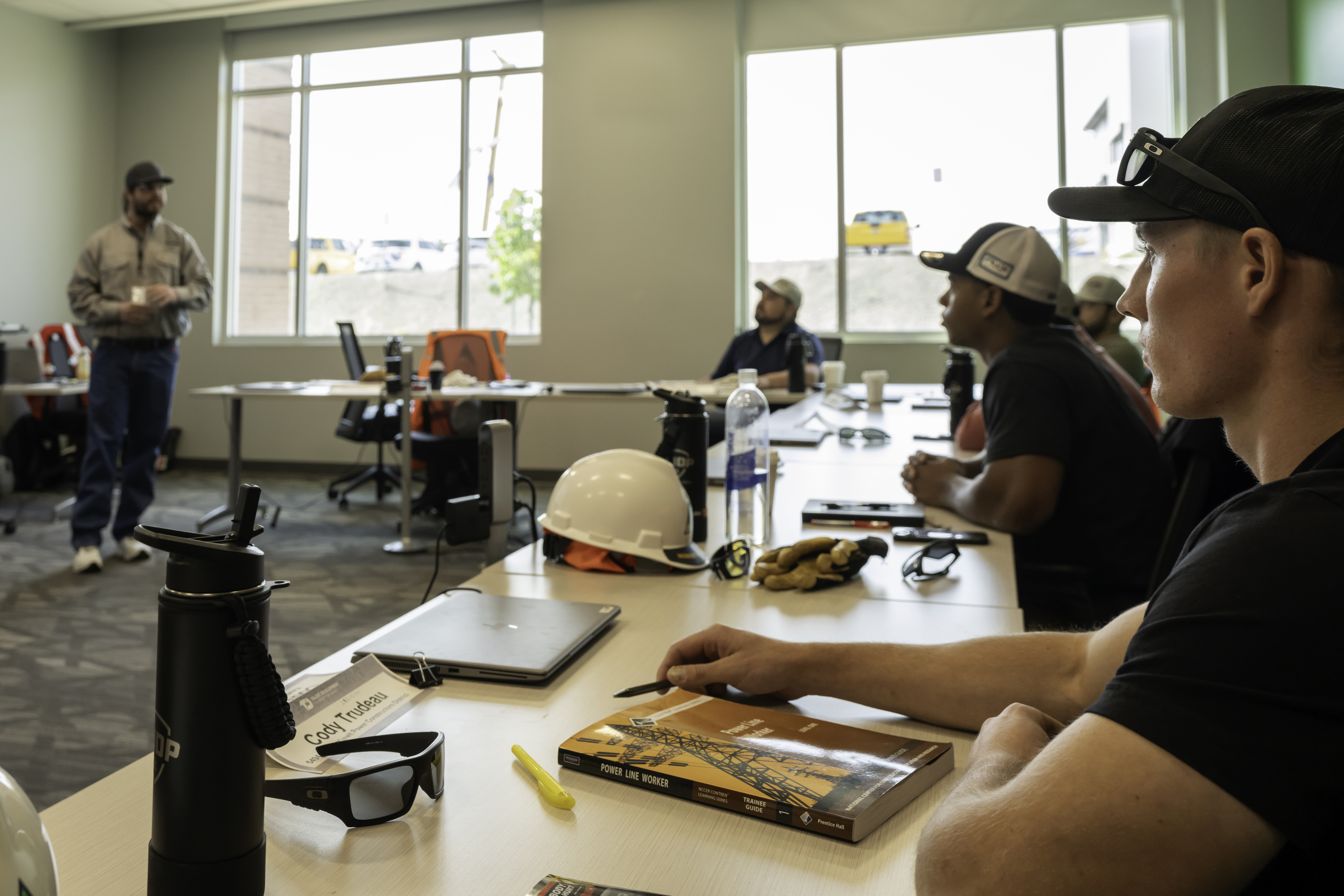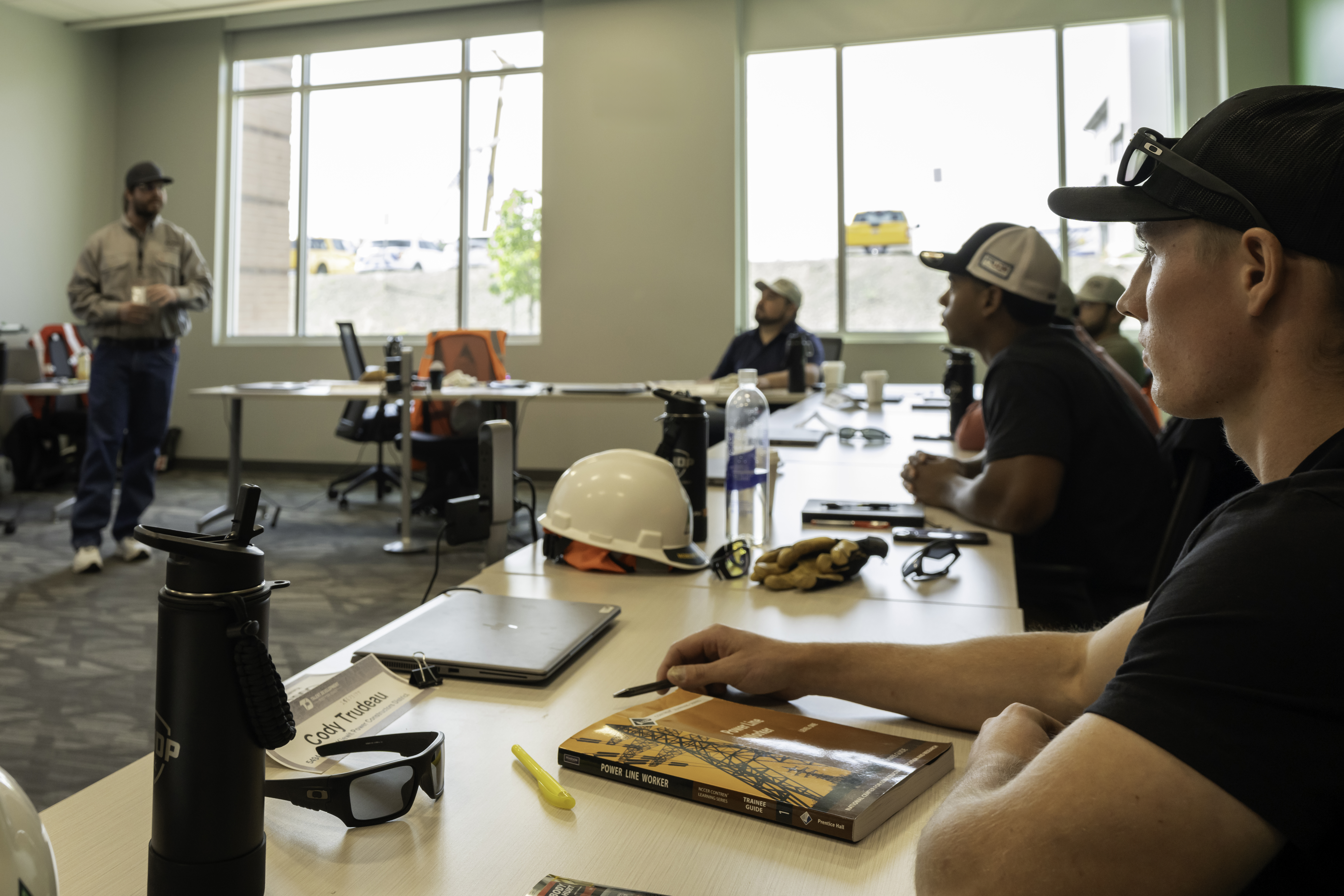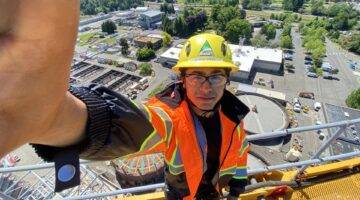To read this article in French, click here.
Before the Turcot team broke ground, it had a comprehensive plan in place to help minimize the impact of construction on the environment.
Greenhouse Gas Emissions
To track greenhouse gas emissions, a real-time telemetry system was put in place to collect exhaustive data throughout the project, according to Alexandre Cournoyer, Jr., environmental coordinator on the project. Hybrid equipment was prioritized to minimize tailpipe emissions and protocols were established to buy from local and regional suppliers.
By the end of the year, Cournoyer said, it is projected that 150,000 metric tons of carbon dioxide equivalent (TM CO2eq) will have been emitted to successfully complete the work. All unavoidable emissions have been or will be fully compensated with carbon credits stemming from a pool of tree-planting sites throughout the province of Quebec and other parts of North America.
Non-renewable Resources
The project also found a way to reduce the stress on valuable, non-renewable resources. About 99% of the 150,000 cubic meters of dismantled concrete have been reused as needed backfill for embankments underneath the new structures, and the metal used as rods in reinforced concrete has been recycled. Overall, 95% of all major and miscellaneous residual materials have been reused/recycled on or off-site, exceeding the original contractual objective of 80%.
Improved urban area
“In an effort to better reconnect the surrounding boroughs and reduce the highway’s physical footprint on the urban area, the project had a ‘do more with less’ approach,” Cournoyer said. “Instead of using more area than needed, the reconfiguration of railways, roadways and underground utilities freed up to 250 meters of land along the original main axis.”
The more than a half square kilometer of land will be given back for new urban development. About 3.2 million cubic meters of contaminated soil was remediated, the vast majority kept safely on-site, preventing large scale GHG emissions that would have resulted from hauling. Cournoyer said at least 70,000 trees, shrubs and bushes will be planted this summer on the site.


